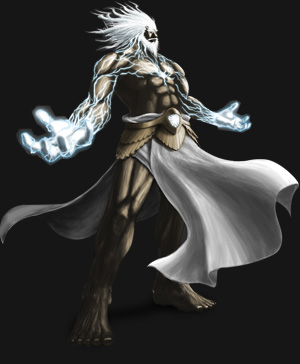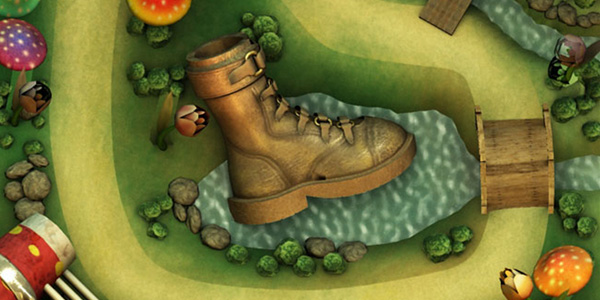Summary
 The Professional Certification in Games Art is designed to introduce students to the concepts and techniques of games art in the area of games development. This programme provides the students with a range of skills involved in creating 3D art, 2D art and interactive game applications. Students will be taught modeling, animation, texturing and rendering using Industry standard 3D software. Students will also learn the basics of creating 2D art using Digital Imaging Software and also basic games development. The programme is particularly relevant for anyone who wishes to establish a skills base for further training in games and film or as a portfolio boost for existing graphic design professionals.
The Professional Certification in Games Art is designed to introduce students to the concepts and techniques of games art in the area of games development. This programme provides the students with a range of skills involved in creating 3D art, 2D art and interactive game applications. Students will be taught modeling, animation, texturing and rendering using Industry standard 3D software. Students will also learn the basics of creating 2D art using Digital Imaging Software and also basic games development. The programme is particularly relevant for anyone who wishes to establish a skills base for further training in games and film or as a portfolio boost for existing graphic design professionals.
This Professional Certification provides comprehensive coverage of 3D games production principles from the very basics to advanced techniques. It is designed to prepare students for creative careers in the entertainment industries such as video games, casual games development, software, Internet and entertainment industries and develops teamwork skills and problem solving techniques relevant to real world production environments.
Upon completion of this course, Students will be able to work in the Games Development Industry as Games Artist, Asset Designers, Games Modelers, Texture Artists and 3D Games Animators.
What is Games Art?

The industry-recognized term ‘Games Development’ is used to describe the process of creating electronic games . In order to develop an electronic game, a fusion of three major disciplines is required, namely: Games Technology, Games Art and Games Design. Games Design addresses the aspect of game-play elements, storyline, concept and game balance or mechanics. Games Art is creating the visual components of the game from character design, concept artwork and the environment either in 3D or 2D graphics. Games Technology addresses the programming part of game development. This is about creating the technical part of the game, for example the physics engines of the game.
Graduates of the Games Art Discipline are called Games Artists (or Animator/Modeler, depending on specialization) whose main task is to design, create and analyze the visual components of games. These range from create simple 2D Art or pixel assets for mobile devices to elaborate 3D Characters and environment for massive console, PC and online games. Games Artist have to study various methods of executing their artwork including 3D modeling and Animation, Digital Imaging and Illustration techniques, Interface Design, Game Assets Management and Concept Art and Digital Painting for Games.
Course Structure
Aims to provide the fundamentals of digital artistry for the use of game assets. This level also focuses on 3D Modeling, texturing and lighting using 3D Studio Max for games and will also focus on low-polygon modeling for games.
- - Concept Art & Digital Painting for Games
- - Digital Imaging for Games (Texturing & Assets)
- - 3D for Games 1
Aims to provide students with an overall concept of using 3D to create game assets. Students will learn how to create objects and environments for the use in games as well as organic modeling and animation techniques to create realistic and dynamic 3D animation.
- 3D Environment Creation
- 3D for Games 2
- 3D Character Rigging
Aims to provide the students with an understanding of 3D Game engines and how to import their assets into the engine for testing and optimization as well as to prototype their game levels.
- Digital Sculpting for Games (ZBrush)
- Game Level Creation (Unreal)
- Game Character Creation (Unreal)







